The ability of ICF construction to withstand tremendous impacts has not gone unnoticed by the U.S. Military.
In 2003, they conducted a series of blast tests at the Quantico Marine Base outside of Washington D.C. Six 10’x10’ ICF “reaction boxes” were tested at distances ranging from 40 feet to 6 feet, using 50 pounds of military-grade TNT on each blast.
The boxes had a nominal 6” concrete core, and were filled with regular 4,000 psi concrete. Horizontal and vertical rebar was placed every 16 inches.
At an earlier demonstration, frame walls were completely obliterated 35 ft. from the explosion. ICF walls survived explosions as close as 6 ft. Results showed that the EPS foam absorbed and reduced the force of every blast, regardless of the distance.
On the closest blast, the 50-pound charge of TNT created a ball of fire approximately 200 feet wide and 100 feet tall, generating forces 10 times the weight of the box. The blast did melt away the foam and created several small cracks—less than 2 mm in width—on the front face of the ICF wall, but there was no deflection, spalling, or structural damage to the concrete itself. (See a video of the explosions on our website, www.icfmag.com)
“These blasts demonstrations proved clients do not have to spend unlimited amounts of money on special building materials to construct blast-resistant buildings,” says Joseph Lyman, Executive Director of the Insulting Concrete Form Association.
A second series of blast tests took place in 2005, and Lyman says that additional testing is scheduled to take place this fall with the Air Force Research Testing Laboratory at Tyndale Air Force Base in Florida.
Several ICF companies, including Reward Walls and American PolySteel, have used ICFs for military construction.
“Since September 11th, all military buildings must have force protection built in,” explains William Murray, designer of the Florida Armed Forces Reserve Center in St. Petersburg, Fla. “ICF construction was the most cost effective way to achieve that. Masonry construction would require reinforcement in every block at a cost 25% greater than the cost for ICF construction.”

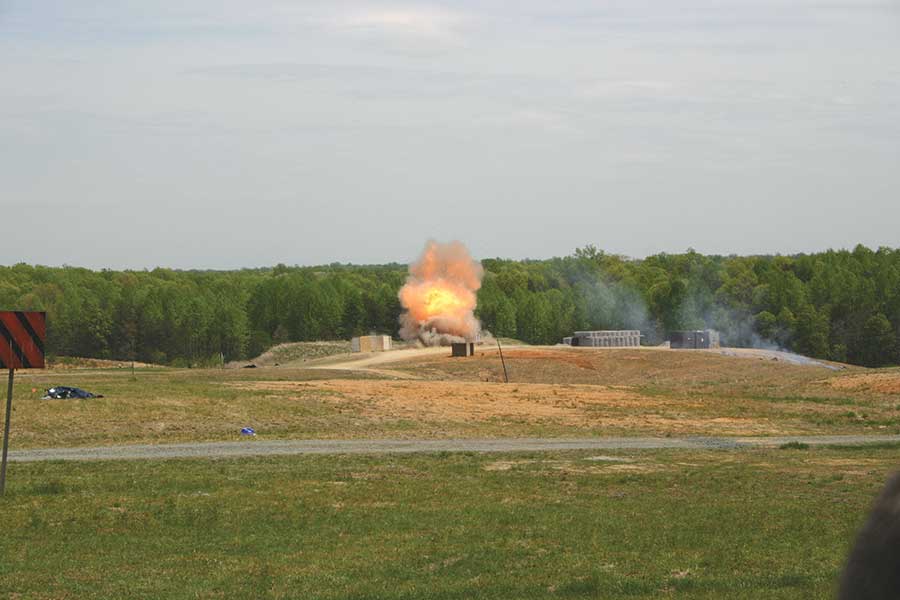
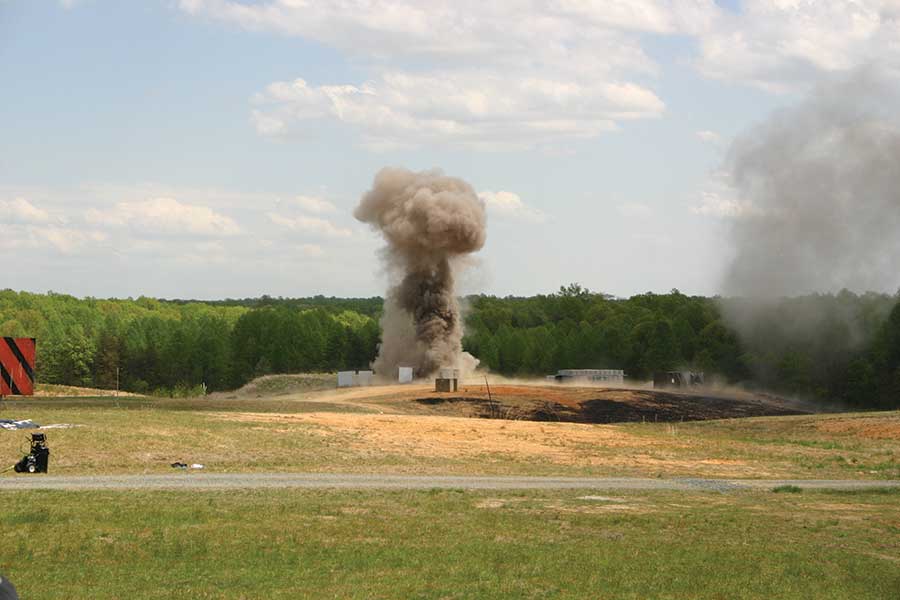
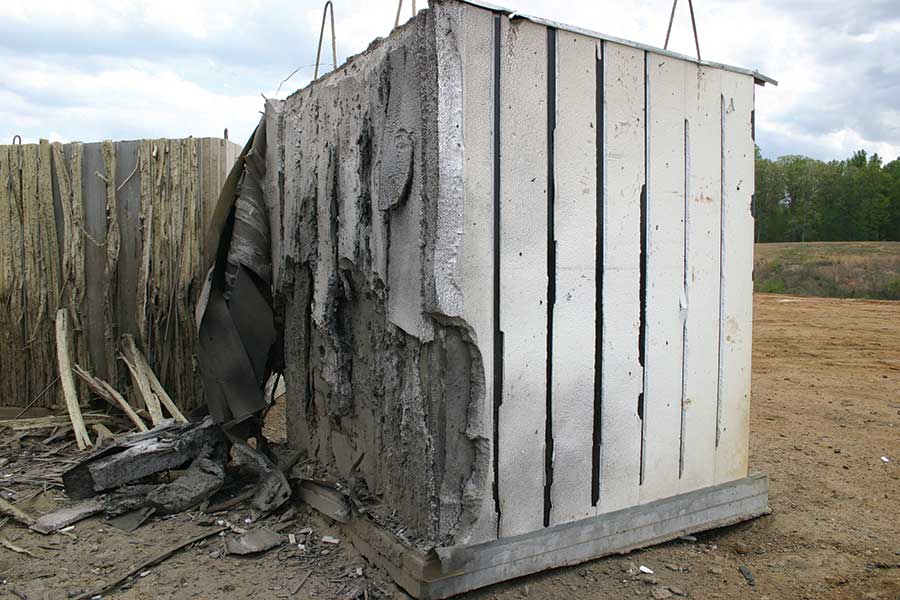
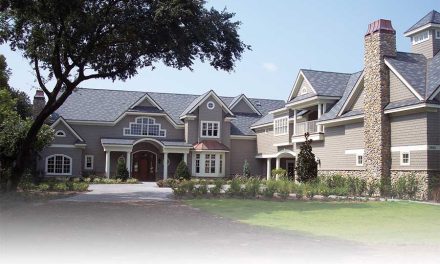
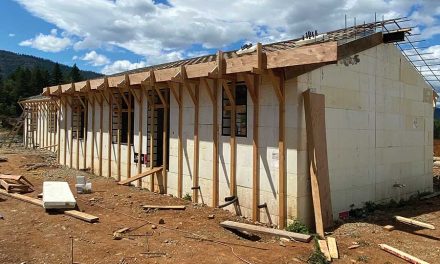
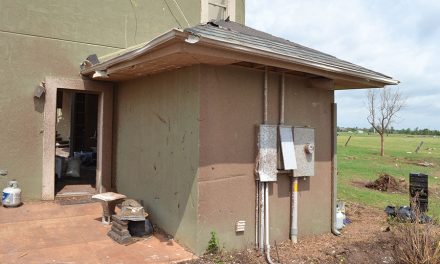
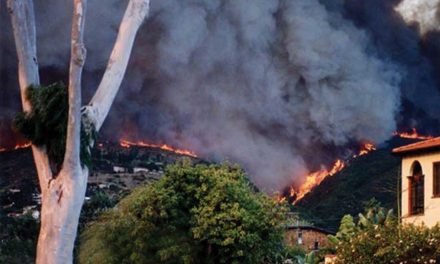







Trackbacks/Pingbacks